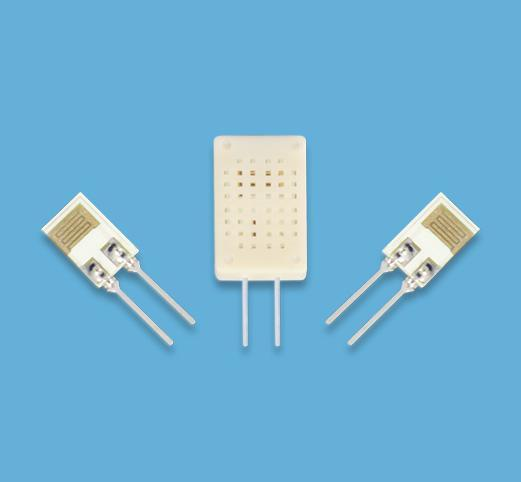OUTLINE:
Do you know what are sensitive electronic components?
 594
594Sensitive electronic components are parts of electronic devices that can be easily damaged by electrostatic discharge (ESD), heat, moisture, vibration, or other environmental factors. These components are typically made up of tiny microcircuits and integrated circuits that are highly sensitive to changes in temperature, humidity, and voltage.
Examples of sensitive electronic components include microprocessors, memory chips, transistors, diodes, capacitors, and resistors. These components are commonly found in computers, smartphones, tablets, televisions, audio equipment, medical devices, and other electronic products.
Because sensitive electronic components are prone to damage, it is important to take steps to protect them during handling, assembly, and operation. This may include using anti-static wristbands or mats, avoiding direct contact with the components, using proper storage and handling procedures, controlling the temperature and humidity of the environment, and implementing appropriate ESD protection measures.
Electronics that are sensitive are known to be harmed by electrostatic discharge. Depending on the strength of the ESD and the kind of electronics you are working with, this damage can manifest itself in a variety of ways.
Shorting: By connecting two circuit components that should not be coupled, ESD might result in a short. If the electronics are powered on when the ESD strikes them, this will typically only happen, albeit it may not result in permanent harm.
Over-Powered Components: Numerous tiny electrical parts have rated power specifications. ESD, which may reach thousands of volts, can overwhelm the internal parts of your electronics and cause internal damage.
Heat Damage: ESD has the potential to physically harm the components inside your electronics by producing a substantial amount of heat very quickly.
Repairing hardware damaged by ESD can be difficult and expensive. This makes it well worth taking steps to avoid this problem in the first place, protecting yourself and the electronics you work on.


Disclaimer: The views and opinions expressed by individual authors or forum participants on this website do not represent the views and opinions of Chipsmall, nor do they represent Chipsmall's official policy.

share this blog to:

